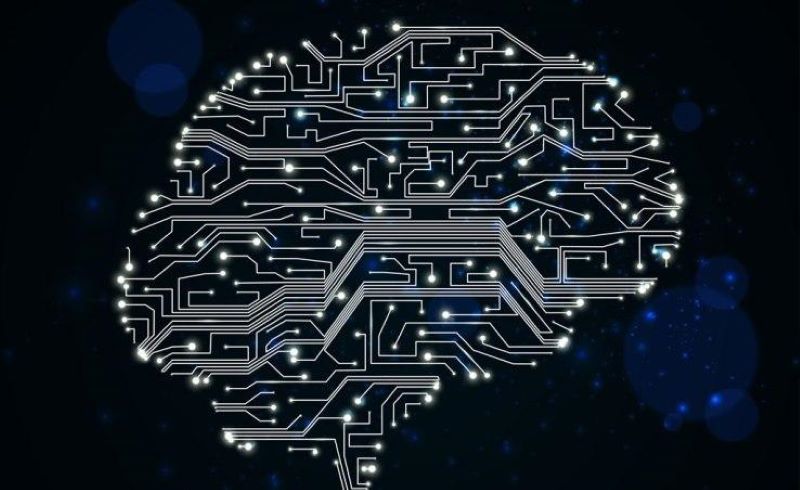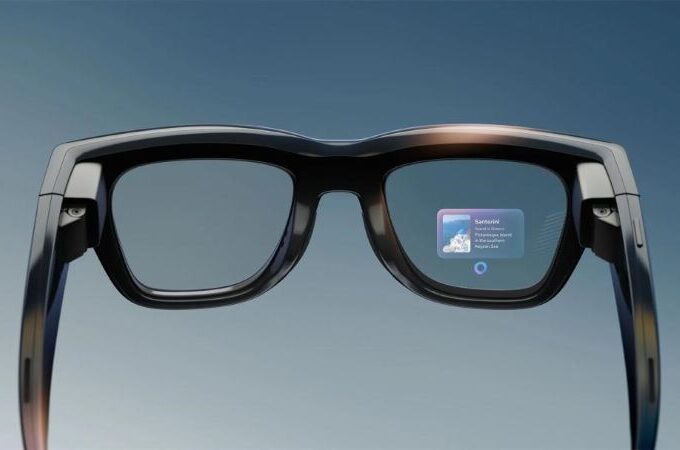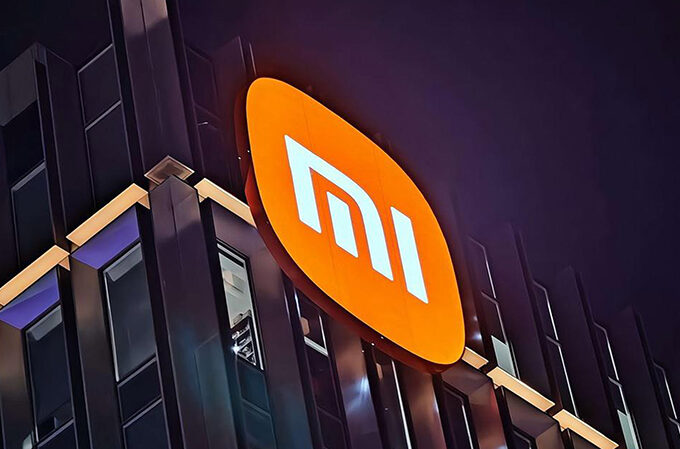“The vast majority of diseases or brain problems can be solved by Neuralink’s brain-computer interface.” This statement made by Tesla CEO Musk recently at the 2024 Annual Congress of Neurosurgeons sparked a hot debate. Although public opinion is mixed on Musk’s statement, it is undeniable that with the continuous development of neuroscience, computational electronics and medicine, brain-computer interface (BCI) technology has become an important force leading the latest round of scientific and technological development.
The brain-computer interface industry is a cutting-edge field of today’s science and technology, which realizes interaction with external devices by decoding brain signals. The industry chain includes upstream equipment supply, such as EEG acquisition equipment, BCI chips, etc. The technical barriers of these equipment are high, and only a few companies worldwide have mastered the core technology. The midstream is the supply of brain-computer interface products, such as brain-computer acquisition platforms and interface devices, which are responsible for integrating the upstream hardware and software to form products that can be applied to the market. The downstream applications involve a wide range of fields such as healthcare, education and entertainment, among which the healthcare field has the most extensive applications and the largest market share. Although brain-computer interface technology has made significant progress, it still faces multidisciplinary cross-complexity, technology maturity, commercialization and industrialization challenges, and privacy and data security issues. With the continuous breakthrough of technology, the brain-computer interface industry is expected to usher in a broader development space.
Brain-computer Interface Development History
Electroencephalography research originated in the 1920s, and the concept of brain-computer interface was formally proposed in 1973, and the research of brain-computer interface system has been conducted for more than 50 years now.
In 1924, Hans Berger, a German psychiatrist, proved for the first time that electrodes placed on the scalp of the brain could measure the electric current reflecting brain activity, and the concept of “electroencephalography” arose since then.
In the 1960s, with the development of computer applications, it became possible to process large amounts of EEG data, and the idea of using brain activity as a channel for information exchange and as a carrier of information arose. In 1969, the brain-computer interface technology for the first time to obtain the experimental basis of primates, scientists implanted electrodes in the brain of monkeys, connecting neurons in the monkey’s brain with a dashboard, which proved that monkeys can quickly learn to control the frequency of discharge of a single neuron. neurons to a dashboard, confirming that monkeys can quickly learn to control the frequency of individual neuron discharges.
In 1973, Jacques J. Vidal of the University of California, Los Angeles first put forward the concept of “brain-computer interface” in the literature, proposing the idea of using EEG signals as the information carrier in human-computer communication or controlling external devices such as prosthetic limbs or spaceships. 1977, Jacques J. Vidal constructed a brain-computer interface based on visually induced brain waves, which was used as the basis for the development of the brain-computer interface. In 1977, Jacques J. Vidal built a brain-computer interface system based on visual evoked potentials, but the research did not make significant progress for a long time.
From 1973 to 1992, scientists further deepened their research on EEG, the brain-computer interface entered the basic research period, and the basic theory was developed. paradigms such as P300, SSVEP, and motor imagery were born.
From 1993 to 2012, brain-computer interface entered the application experiment stage, upstream and midstream technology and equipment gradually matured to provide support for scientific research experiments. 2004 FDA approved Brain Gate to carry out invasive experiments to treat paralyzed patients, laying the foundation for extensive clinical trials. A number of well-known experiments have confirmed that human beings and animals can realize brain-controlled robotic arms, brain-controlled cursors and other external devices through different paradigms. From 2008 onwards, brain-computer interface industry startups have been increasing one after another.
Since 2013, the application of brain-computer interfaces in medical and non-medical fields has accelerated, the solutions continue to increase, commercialization applications have made progress, and the capital market is booming, with venture capital institutions and technology giants entering the market. Brain-computer interfaces are effective in treating specific neurological diseases, and the potential of medical applications is constantly being explored and expanded. The use of brain-computer interface technology and robotic hand, so that paralyzed patients autonomously drink beer from a cup, eat chocolate and so on many cases of successful experiments. In the non-invasive field, BMI digital prescriptions and rehabilitation devices have been marketed one after another. Industrial, educational, and marketing fields are already commercially available; and solutions in the fields of wellness, entertainment, and transportation are increasing day by day.
In January 2024, Neuralink, a brain-computer interface company under Musk, carried out the first human transplantation of brain-computer interface devices, and the transplantee was able to move the cursor on the computer screen through his mind, play games and chess online, and the transplantee fully recovered in February, with no adverse reactions.
Brain-computer Interface Application Fields
Medical and health field application: Medical field is the main application direction of current brain-computer interface technology, and also the mainstream direction of industrialization. Brain-computer interface medical applications mainly include disease early warning, screening, monitoring, diagnosis, treatment and functional enhancement, and have been applied to a certain extent in the field of pension and disability assistance. For special diseases and neurological disorders such as stroke, spinal cord injury (paraplegia), epilepsy, Parkinson’s disease, Alzheimer’s disease, tachyphylaxis, depression, ADHD, autism, consciousness disorders, pain, tinnitus, impaired hearing, impaired vision, and sleep disorders, brain-computer interfaces have brought new solutions, which are expected to improve the patient’s symptoms, and the diagnosis and treatment effects of some of these diseases are remarkable, and there have been some mature cases at home and abroad. There are already some mature cases at home and abroad. In addition, brain state can also be used to assist drug development and anesthesia monitoring drug delivery.
Non-medical applications: Non-medical applications are based on non-invasive brain-computer interface technology, together with virtual reality, augmented reality, eye-tracking devices, exoskeletons and other peripherals, and research on corresponding devices and solutions for industry (commerce and industry) and consumption, etc. Scenarios for which there are already relevant companies and industrial development bases include recreation, education, industry, entertainment, sports, driving, marketing and so on, with typical applications such as industry, safety monitoring, in-vehicle interaction control, and anesthesia monitoring. Typical applications include industrial safety monitoring, in-vehicle interaction control and fatigue detection, external interaction, peripheral control, cognitive training, game control, sports training and talent selection, simulation training and experience, product optimization, and security identification and certification.
In the long run, the latest technology of brain-computer interface is expected to become the ultimate way of human-computer interaction. Brain-computer interface directly uses consciousness as a communication medium, and the density of information transfer is much higher than that of language and text media. With the iteration of brain-computer interface technology, it is expected to be combined with large models, VR, humanoid robots and other application scenarios in the future, becoming one of the modalities of the AI large model, and becoming the ultimate means of interaction between humans and machines, and humans and artificial intelligence.

Brain-computer Interface Technology Bottleneck
Insufficient knowledge of the function of the human brain’s nervous system makes it difficult to efficiently and accurately understand the output of neurons. Brain-computer interface is just an intermediate device for communicating between human body and computer, and whether or not this device and technology can be utilized to achieve specific effects and therapeutic purposes depends on the level of people’s knowledge of neuroscience. There are tens of billions of neurons in the human brain, and most of the neural signals that can be recognized by the current brain-computer interface system are still scalp EEG, and most of the neurons are still unresolved and with low accuracy. At the same time, the brain-computer interface system needs to convert the acquired EEG signals into a language that can be understood by the computer, but due to the limitations of algorithms and arithmetic power, it is not yet possible to recognize the EEG signals quickly, instantly and accurately.
The information input from computers to the human brain has not yet broken through, and is still far from brain-computer interaction technology. According to the classification of the direction of information transmission, the future brain-computer interface should gradually evolve into brain-computer interaction and finally realize brain-machine intelligence, and how to reverse code the external perception of the city can be read by the brain signals, to realize the transmission of data from the computer to the brain, will be the key to the breakthrough of the model, the current neuroscience for the specific way of neural coding is still in the state of being unknown, and the transmission of information from the machine to the brain of the neural coding knowledge of higher demand, so the underlying technology research is not yet a breakthrough. The demand for neural coding knowledge is even higher, so the progress of the underlying technology research is even slower.
A series of security risks remain to be addressed. The first is the human safety of invasive brain-computer interfaces. In view of tissue rejection and infection, it is necessary to improve biocompatibility through material innovation, ensure that the implanted materials are harmless to human tissues, reduce the risk of surgery based on advances in surgical technology, and significantly reduce the difficulty and cost of neurosurgery, and avoid incorrect use of BCIs leading to the adverse physical or psychological reactions of patients. Second is the need to improve technical stability, BCI stability and performance may be affected by technical failures, signal interference, calibration problems, etc., resulting in inaccurate or failed device operation. Once again, there is the issue of data privacy, unauthorized access can make the patient’s brain signal data may experience leakage risk, need to strengthen the data security management. Finally, there is the social and ethical risk, where potential misuse and lack of social acceptance can lead to public opposition to the project’s advancement.












